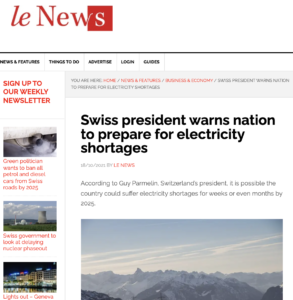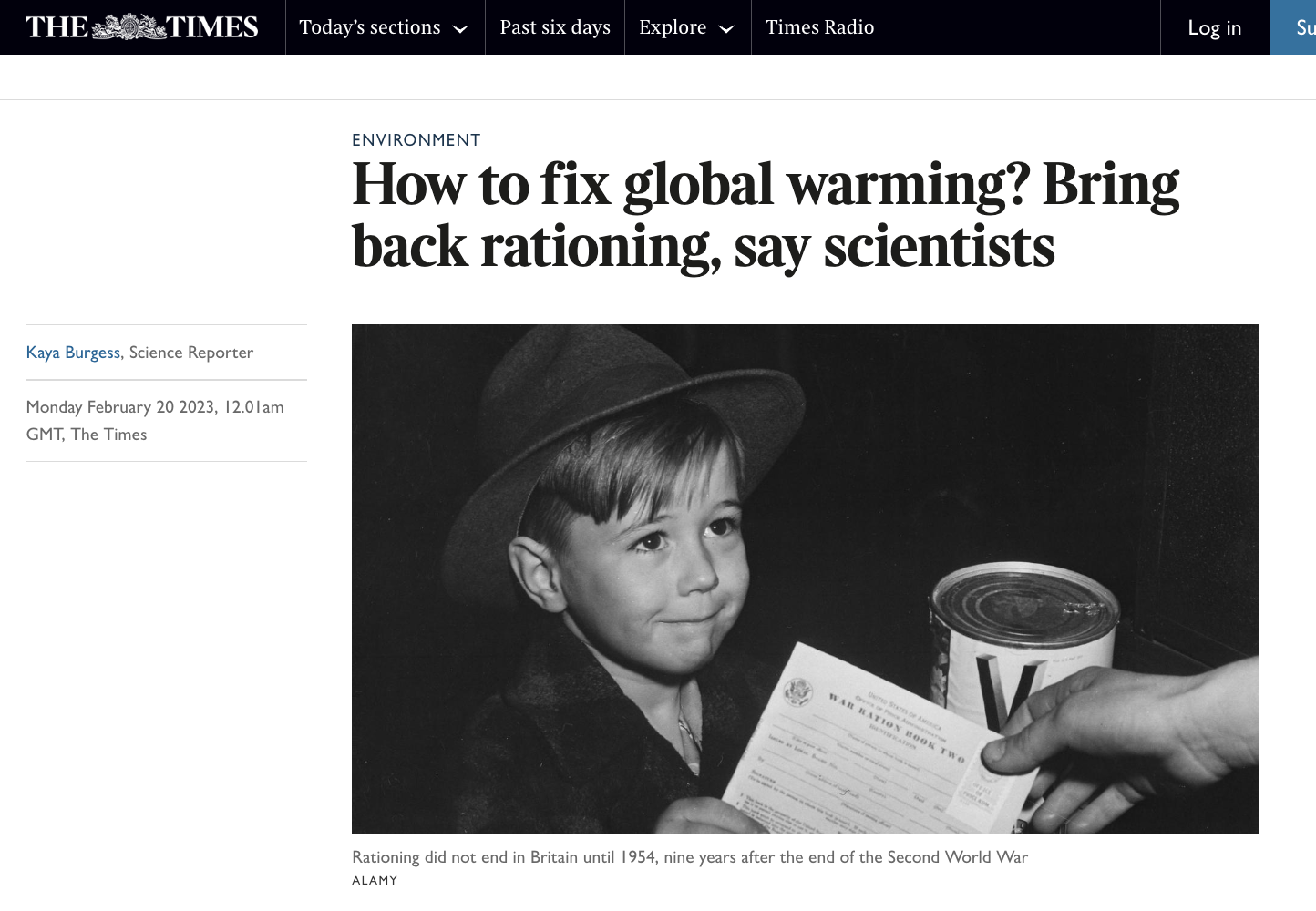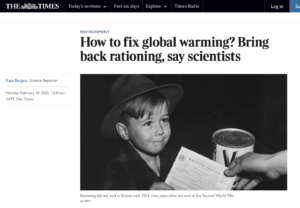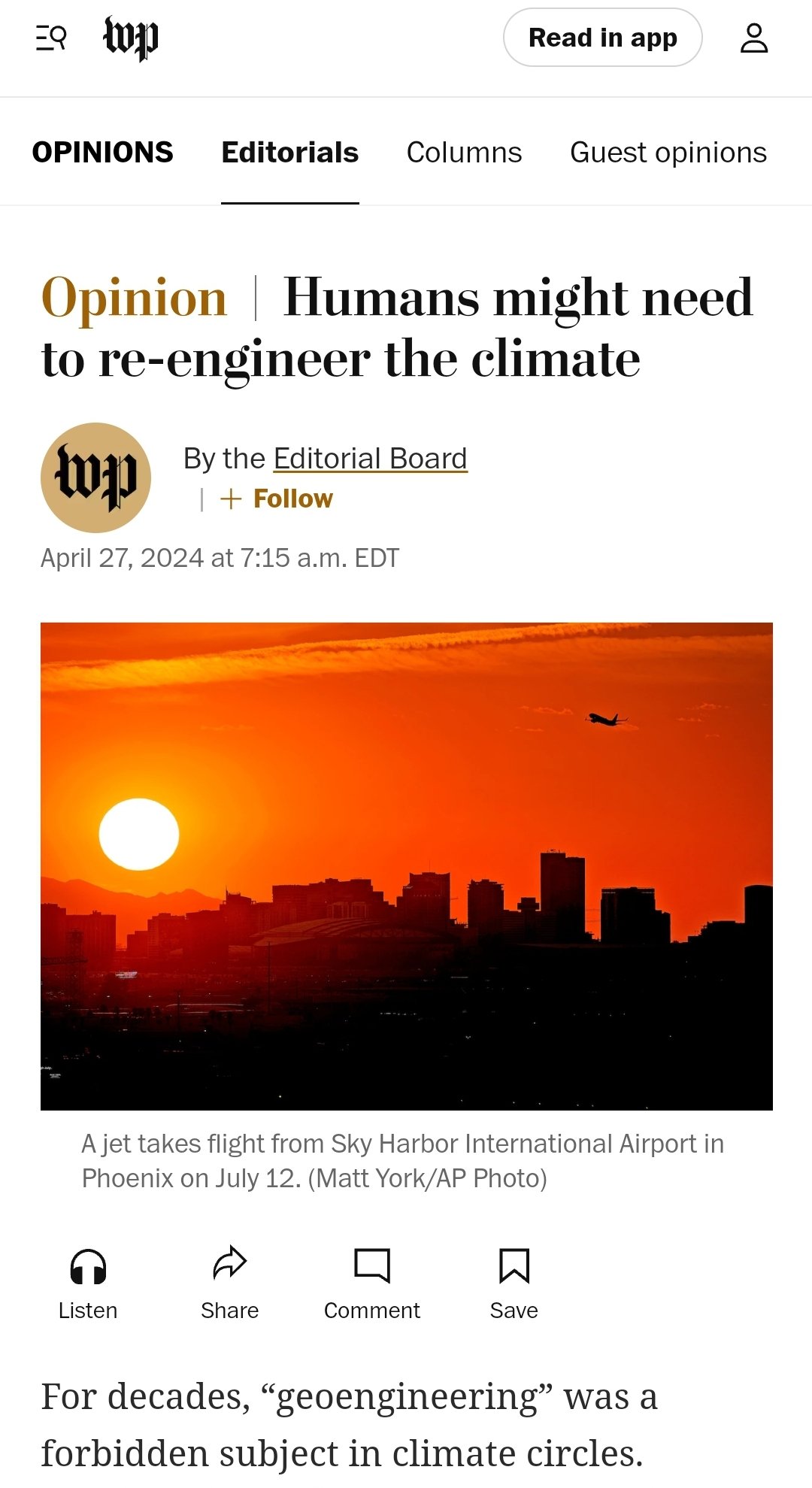https://www.cfact.org/2023/08/26/aceee-says-heavy-industry-should-get-intermittent/
ACEEE says heavy industry should get intermittent
The American Council for an Energy-Efficient Economy (ACEEE) has gone over the top on climate change. Their solution to the intermittency of renewables is for heavy industry to learn to live with it. I am not making this up.
They have a whole study on this nonsensical idea, reported at: “With Planning, Heavy Industry Can Use Wind and Solar Power”
https://www.aceee.org/blog-post/2023/08/planning-heavy-industry-can-use-wind-and-solar-power
Here is their central concept: “The growth of renewable power is key to helping industrial companies decarbonize quickly and economically, but it will also require them to adapt. While many facilities operate 24/7, they will need to accommodate the effects of weather conditions, the season of the year, and the time of day on wind and solar power generation.“
So stop operating continuously and just do it intermittently, when the wind blows or the sun shines? Seriously?
We are talking about the most energy-intensive industries, such as iron and steel, cement, bulk chemicals, refining, and food and beverage manufacturing. I doubt any of these can switch on and off, or even quickly ramp up and down, the way renewables do. What are they smoking at ACEEE?
Even worse, they are not just talking about today’s use of electricity. They specifically point out that: “Currently less than 15% of industrial energy consumed is electricity.“ What they propose is that all of that energy be electrified. Then it is used intermittently.
Okay this is just nuts, because electrifying heavy industry is impossible, even without intermittency. But the rest of the story is interesting. ACEEE used to be the energy efficiency (EE) people. In America EE has long been a big dollar, regulation driven industry unto itself. Most States and Utilities have big EE programs, as do the Feds.
Now the EE folks are trying desperately to find a place in the so-called energy transition. They are watching billions, going on trillions, being spent on renewables and such, with little or nothing new on EE. A recent ACEEE article title puts it succinctly: “Utility Scorecard: Energy Efficiency Efforts Stagnating Amid Climate Crisis”.
Their solution is to forget EE and jump on the climate alarmism bandwagon. Here is their new persona: “The American Council for an Energy-Efficient Economy (ACEEE), a nonprofit research organization, develops policies to reduce energy waste and combat climate change. Its independent analysis advances investments, programs, and behaviors that use energy more effectively and help build an equitable clean energy future.”
So now the mission is expanded to “combat climate change” and “help build an equitable clean energy future”.
The colossal irony is that renewables are the epitome of inefficiency. Their capacity factors are very low, especially compared to industrial heating with fossil fuels. Even worse, renewables make the mandatory fossil fueled backup generation highly inefficient. See my https://www.cfact.org/2023/06/26/offshore-wind-is-a-terrible-way-to-reduce-co2-emissions/ as an example.
In fact the renewables stampede threatens to make EE obsolete. EE programs are supposed to reduce the need for new generating capacity. That is their sole justification. But we are building new wind and solar capacity as fast as possible with no end in sight. No one is not building wind or solar because of an EE program.
ACEEE is grasping at the straws of climate alarmism. They would be better off trying to keep the EE industry alive during the impossible energy transition. Hyping the electrification of heavy industry, with 85% of its energy presently coming from fossil fuels, has nothing to do with energy efficiency.
Author
-

David Wojick, Ph.D. is an independent analyst working at the intersection of science, technology and policy. For origins see http://www.stemed.info/engineer_tackles_confusion.html For over 100 prior articles for CFACT see http://www.cfact.org/author/david-wojick-ph-d/ Available for confidential research and consulting.
#
“The American Council for an Energy-Efficient Economy (ACEEE), a nonprofit research organization, develops policies to reduce energy waste and combat climate change.”
Report: “With Planning, Heavy Industry Can Use Wind and Solar Power” – “The growth of renewable power is key to helping industrial companies decarbonize quickly and economically, but it will also require them to adapt. While many facilities operate 24/7, they will need to accommodate the effects of weather conditions, the season of the year, and the time of day on wind and solar power generation.“
‘Heavy industry’ includes energy-intensive industries, such as iron and steel, cement, bulk chemicals, refining, and food and beverage manufacturing.
#
#
Related:
Rutgers U. Professor: ‘To Save the Climate, Give Up the Demand for Constant Electricity’

Flashback 2008: President Barack Obama in interview with the San Francisco Chronicle editorial board: “If somebody wants to build a coal-fired power plant, they can. It’s just that it will bankrupt them,” Obama said, responding to a question about his cap-and-trade plan. He later added, “Under my plan … electricity rates would necessarily skyrocket.”
Flashback: Triple price of gas to save planet, UN climate expert Thomas Stocker argues – Meet the man who wants to impose his warmist religious beliefs on you! –UN IPCC’s Stocker claims ‘ominous [climate] projections are ‘not crystal ball readings’ but are based on facts and well-established scientific laws’
Swiss president warns nation to prepare for electricity shortages lasting weeks or months


British publication The Times ran one of the nuttiest bits of climate change babble in a Feb. 20 story headlined: “How to fix global warming? Bring back rationing, say scientists.” The first sentence of the piece dripped with brain-melting nonsense: “Second World War-style rationing of petrol, household energy and meat could help to fight climate change, British scientists have recommended.”
The newspaper cited “researchers” – whom it does not name until the end of the article – from the University of Leeds who published climate propaganda disguised as analysis in the journal Ethics, Policy & Environment. The Times quoted the study, which also suggested giving citizens a “carbon allowance” and creating a “scarcity of fossil fuels.” …
Of course, what The Times was selling was massive government intervention. “The researchers argue that, as a first step, governments would need to regulate sectors such as the oil industry, with the importing of fossil fuels ‘banned or restricted’ in certain areas.” In effect, said The Times, “[t]his would create a scarcity of fossil fuels, with rationing then introduced to ‘manage the scarcity’, they explain.”





